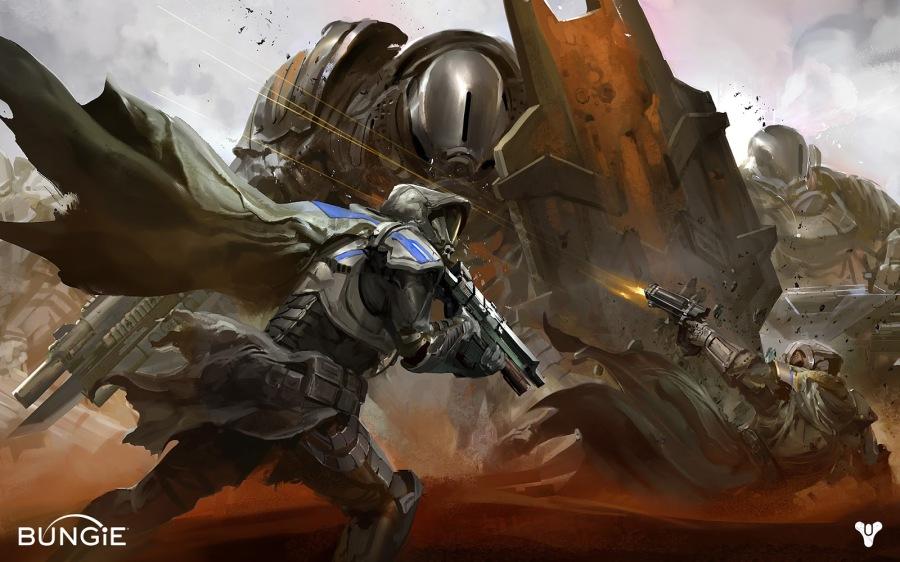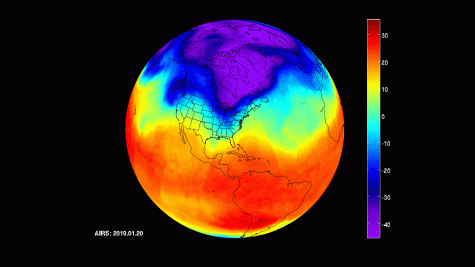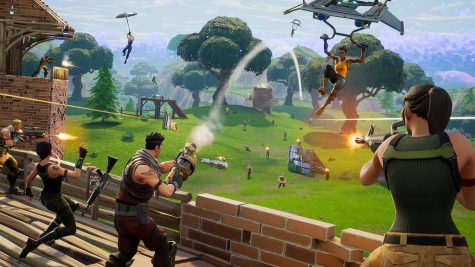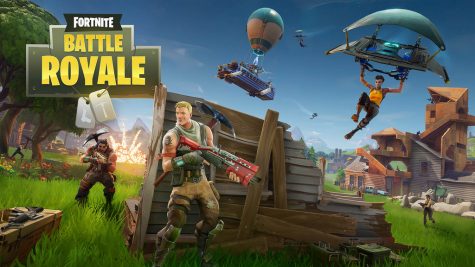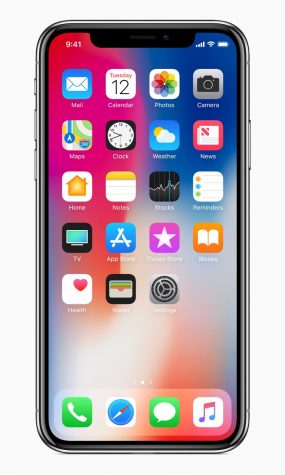Destiny: Bungie’s Second Strike
October 10, 2014
On November 15, 2001 Halo: Combat Evolved released to the masses on the original Xbox. By most critics, it was seen as a catalyst for the influx of console first-person-shooters we see today. Due to Halo: CE’s success, Bungie was prompted to make sequels in the forms of Halo 2, Halo 3, and Halo Reach. However, after the success of Halo Reach on the Xbox 360, Bungie was seemingly split down the middle. As a result of their ending agreement with Microsoft which entailed that every Halo game would be exclusive to the Xbox platform, Bungie opted for a collaboration with the publisher, Activision, for their second foray into the genre that they popularized, Destiny.
Destiny, according to Bungie, is a “shared world shooter” that encompasses elements of RPG’s, MMO’s, and FPS’s in one cohesive package. You play as a Guardian, a genetically gifted soldier who is tasked with protecting Humanity from the Darkness, a breed of Alien life forms bent on destroying the earth. Customization is king with Destiny, and as such you can choose between three races (the Humans, the Exo, and the Awoken) and equip them with a variety of facial customization options for each. After designating your aesthetic preferences, you can then choose your character class. The first is the Titan which is your primary tank class, armed with heavy weaponry and substantial defences; the second is the Hunter who specializes in ranged combat; and finally there is the Warlock who uses ethereally-enhanced powers to dispatch foes.
After playing Destiny for some time, I can safely say that I would recommend it. While not setting the same precedent that Halo made over a decade ago, Destiny stands on its own as an enjoyable and competent shooter that most people can enjoy. It’s accessible, silly and visceral–and that’s all you can ask for in a shooter, right?



